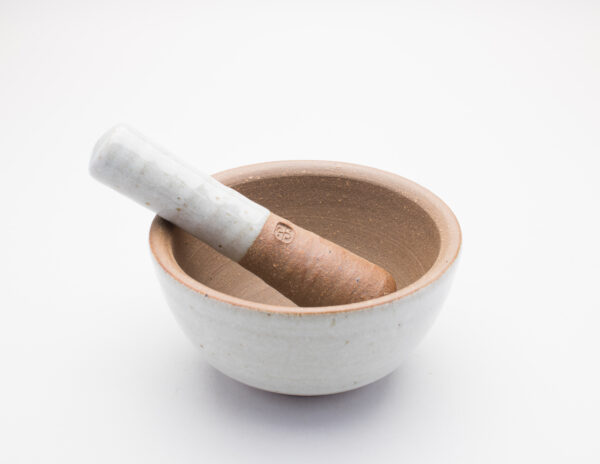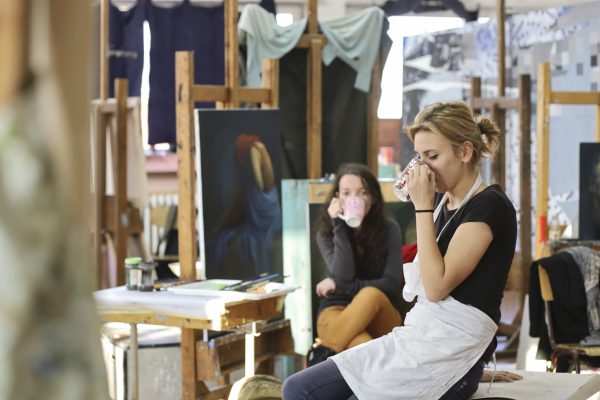Allowing studio visits are a great way for professional artists to connect with customers, discuss commissions and sell work. Exhibiting or meeting in a working studio can be tricky, but there are plenty of upsides to selling your work...
Allowing studio visits are a great way for professional artists to connect with customers, discuss commissions and sell work. Exhibiting or meeting in a working studio can be tricky, but there are plenty of upsides to selling your work directly. One being that you keep 100% of the sale amount (traditional galleries will take as much as 50% — and can be difficult to get into). And research shows that people love to buy work directly from the artist.
So what are your options for setting up your own art gallery?
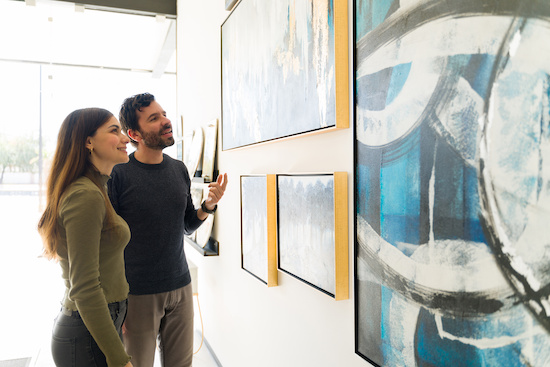
Setting up a gallery in a professional studio
If you have a professional group studio, set aside a permanent gallery space to showcase the work of all the artists. The space doesn’t have to be big, but it should be professionally curated and easily accessible from the entrance.
Considerations:
Make sure all the work is for sale. Have a range of price points. Start with small prints or stoneware for under $20 and increase gradually to large paintings, ceramics or sculptures with equally sizeable price tags. Offer regular open hours and ensure it is staffed during open hours (artists can cover in a rotation — bring your sketch pad!) Change the work on show regularly and incorporate special opening events to promote new exhibitions. Work out how payment will be taken. Checks are the easiest as they can be written out to the artist. If you offer electronic payments, you will need to set up a studio bank account where the money can go before being disbursed to the artist.Setting up an gallery room at home
If you have a home studio, having a gallery space is still an option. Consider turning a room in your house into a permanent exhibition. You don’t need to have a special room, you can use your living room. It can be as simple as hanging your work on the walls and making sure you have an app on your phone that accepts payments.
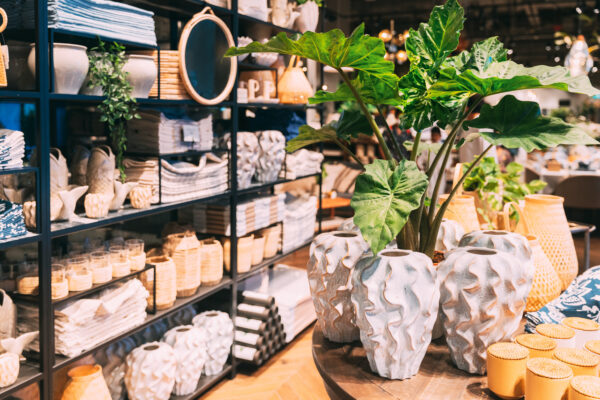
Things to consider when setting up your gallery
Promotion
To attract walk-ins, you could put up a permanent sign on your home or studio space that promotes you as an artist and available times for visits. Alternatively, you could put out a simple A-board (aka sandwich board) in your garden that can be folded up outside opening times.
Opening times
It’s important to have a professional approach with regular opening times. It’s better being open one day a week than trying to open every day while juggling work and school runs.
Access
Having art-loving strangers traipse through your house, up the stairs and into a back bedroom where your artwork is on display is probably not going to work. Ideally, you should pick the first room accessed from your front door. Thankfully, a living room or dining room at the front of the house is often the perfect place to set up a gallery room.
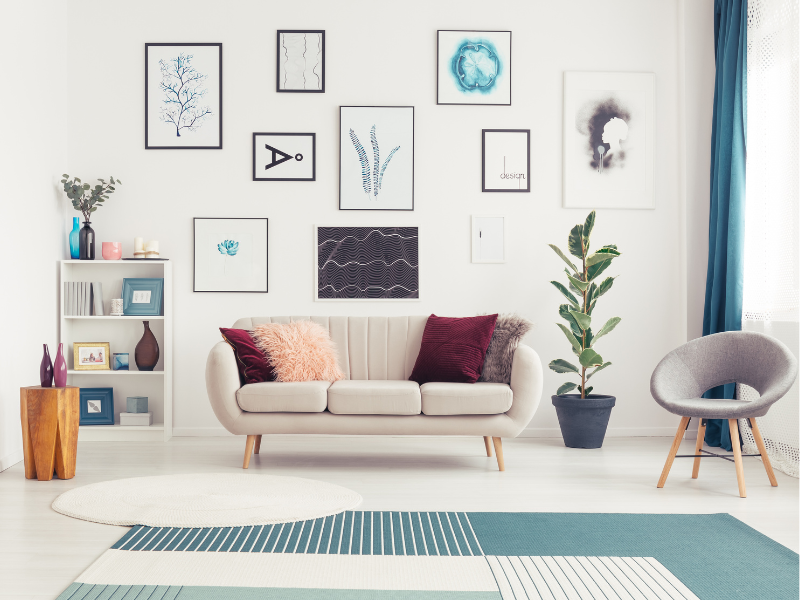 Create a gallery room in your house. Image: Adobe Stock
Create a gallery room in your house. Image: Adobe Stock
First impressions
When we walk into a gallery we expect whitewashed walls, well-hung work with good lighting and professional displays. You should aim for the same look, even if it is the same room you watch television in. If you only open up once a week, it should be easy to rearrange the room and furniture a little. Try adding art books to your coffee table and push the sofa against the wall to create some standing room. Make the TV part of the gallery: record yourself working in your studio and a short interview about your work and have it playing quietly in the background.
Instead of price tags on your walls, set up a printed price list. This should include images of the work (and titles) with the price. Leave on any work that has sold (and mark it as sold). It’s human nature to want what other people have!
Payment options
The easier you make it for people to buy your work, the more likely you are to sell. Technology and a good internet connection mean you can download simple apps on your phone to take payments. Many are free and have a minimal payment charge — sometimes free under a certain amount, so shop around. In these days of identity fraud, it’s important to choose something that your customers are comfortable and familiar with (such as PayPay or Shopify). Check out our guide to payment options.
If you take checks, make sure they clear. You could offer delivery, if you don’t want to part with an artwork until the money is safely in your account.
Health and safety
Look at your home insurance before you open for business in your home. There might be a small add-on charge to cover any liability. Ensure you have a sign setting out the liability of any visitors.
Letting strangers into your house will require a certain amount of care. Make sure nothing is left in view that can be stolen. Close off access to all other areas of the house. You might want to stick to viewing by appointment only so you can gather some personal details.
Scheduled open studios
If you don’t like the idea of opening up your house, regular open studio events might be the answer. This would involve clearing away work in progress and the tools you use and displaying work as professionally as possible.
Open studio events are one of the most successful ways to generate direct sales, so a permanent gallery space will give maximum access to your work year-round.
You might want to choose one day a month. Set it out simply (e.g., first Monday of the month). You will need to consider all the same issues as setting up a gallery room in your house.
Explore more ideas for setting up a home studio.








